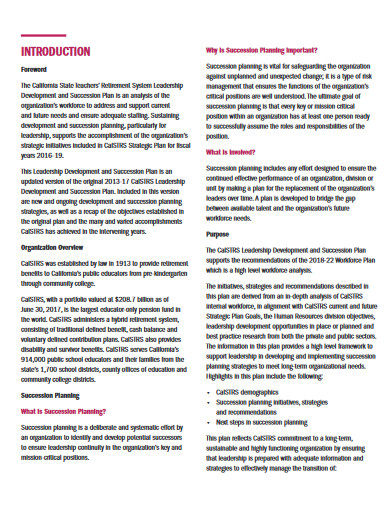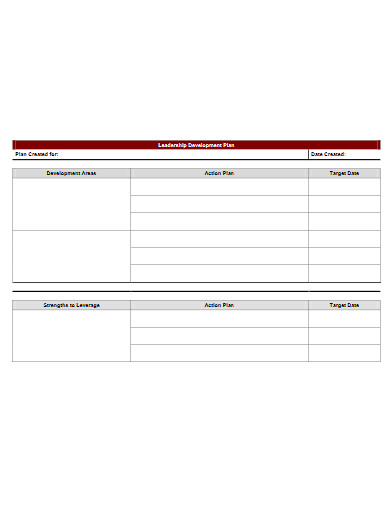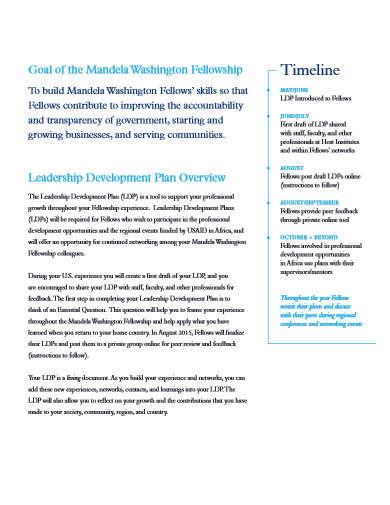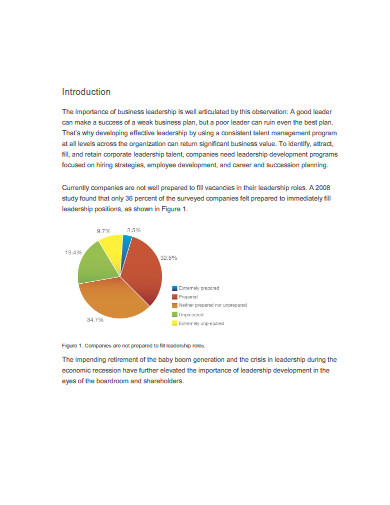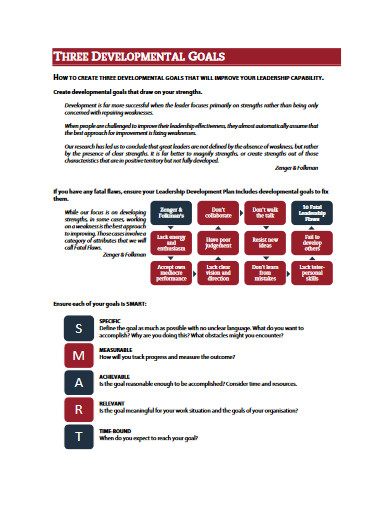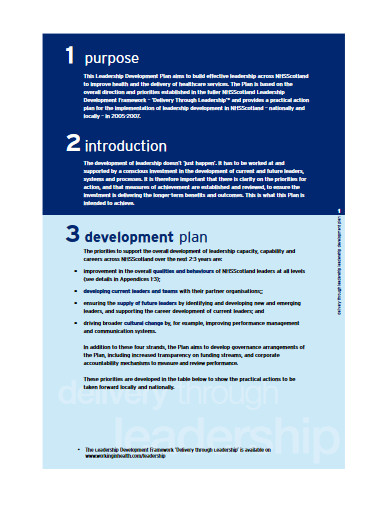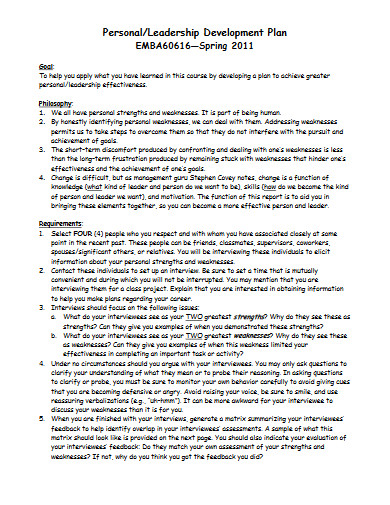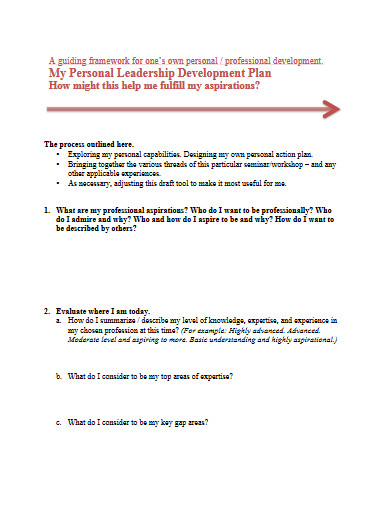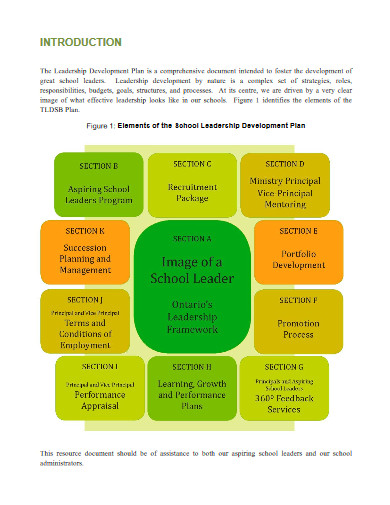19+ Leadership Development Plan Examples to Download
Managers who spent years as low-ranked employees are usually the ones with high competencies when it comes to business management. How can we say so? Well, during their years as ordinary employees, they have gone through various training programs that allow their growth or professional development. These may be because of their respective organizations’ goals, visions, or projects to have effective leadership. For the success of this agenda, organizations utilize a strategic framework that we now know as a leadership development plan. Get to know more about such a document by browsing through our article and examples below.
19+ Leadership Development Plan Examples
1. Leadership Development Plan Template
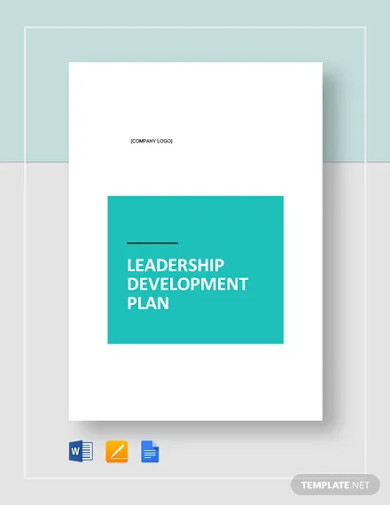
2. Sample Leadership Development Plan Template
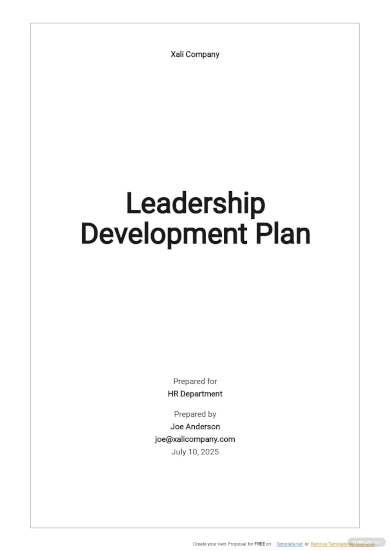
3. Business Leadership Development Plan Template
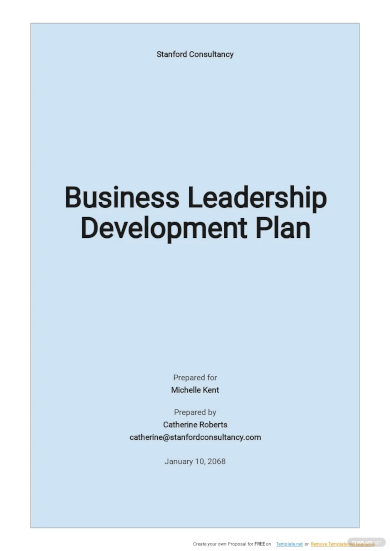
4. Employee Leadership Development Plan Template
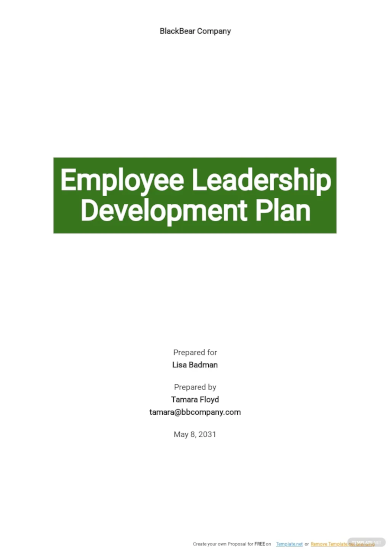
5. Personal Leadership Development Plan Template
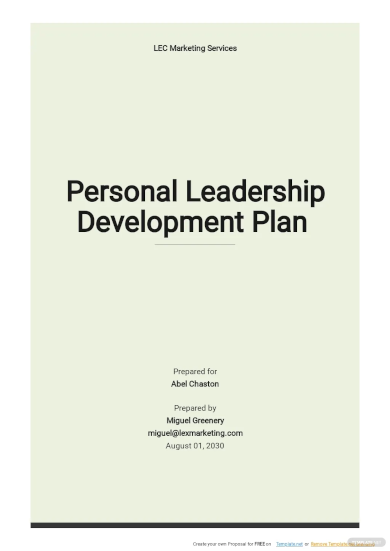
7. Change Leadership Development Plan Template
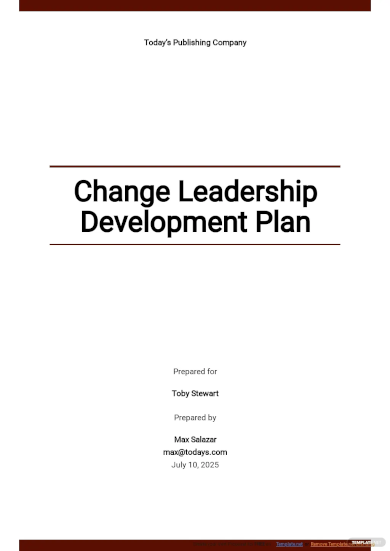
8. Leadership Development Action Plan Template
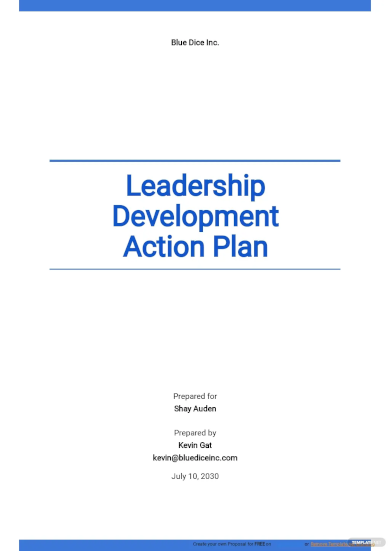
9. Leadership Development Mind Map Template
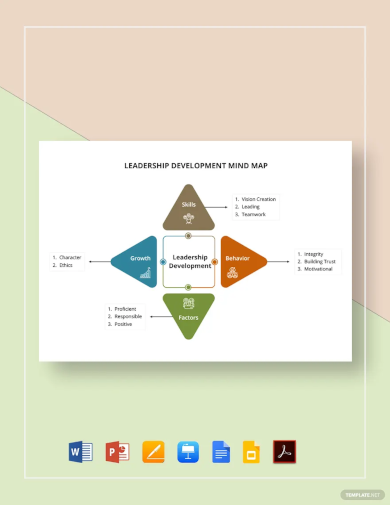
10. Individual Leadership Development Plan Template

11. Leadership Development Plan
12. 12th Month Leadership Development Plan
13. Leadership Development Plan Form
14. Leadership Development Plan Example
15. Effective Leadership Development Plan
16. Sample Leadership Development Plan
17. Leadership Development Plan in PDF
18. Personal Leadership Development Plan
19. Personal Leadership Development Plan Example
20. School Leadership Development Plan
What Is a Leadership Development Plan?
A leadership development plan is a process document that provides full details on how a certain employee or business executive will be trained to obtain or revamp his or her leadership skills. According to IMD, having such a document will help individuals achieve great satisfaction in their career, open up additional opportunities and challenges, and acquire a more impactful line of work. Because of the aforementioned long-term benefits, creating the paperwork is, without a doubt, important for every professional who wants to live, work, and become better. However, making one requires some things that you might not know of. You can learn more through the information that comes after this.
When To Use a Leadership Development Plan?
1. Early Career – Young managers can already make use of leadership development plans to improve themselves in the field of business management.
2. Mid-Career – Experienced managers can use this plan to improve their respective organizations and guide their workforce to cope with constant changes in the business.
3. During Crises – Executives can make use of this plan whenever new challenges arise as it involves up-to-date business development strategy, sustainability topics, and courses that enhance analytical and strategic skills.
4. Top Level – Any professional who stepped up and became a senior manager can always leverage this plan to learn more about the greatest responsibilities in business management.
How To Organize a Leadership Development Plan?
When you want to make yourself or others to become effective leaders, you have to start by learning how to plan how to do so. Organizing a leadership development plan could take much of your time and some money. In addition, simply providing these elements doesn’t guarantee you to produce a thorough and well-organized plan. But, there’s no need for you to worry! With our list of step-by-step guidelines, you can create your leadership development in no time!
1. Envision Your Career Path
Imagine what you’ll become years after you’ve successfully designed this plan. Getting a good visualization of your career’s future is an act of providing yourself both a driver and a path. By foreseeing where you stand in the years to come, you motivate yourself to become more objective. At the same time, you narrow down your choices when facing a dilemma regarding your profession’s decisions. Through the presented advantages, it is important to create a record of the things you’ve envisioned, which is why you have to instill them in this paperwork.
2. Set Goals and Timeline
Both short-term goal and long-term goal setting must also be incorporated in your plan. They specifically dictate what you should become once you’ve completed strategizing and start implementing this plan. Aside from that, short-term and long-term goals guide you in reaching them while providing you ideas on what you should be doing to do so. This is when the timeline comes in. They are effective tools in giving you a clear summary of how and when things should be done.
3. Create Measurable Activities
Planning will remain a plan unless acted upon. So, after setting the goals and development timeline, you have to create a work schedule. Remember, it’s impossible to make schedules without their corresponding activities. And so, you have to conduct research about what the appropriate and effective activities are. In setting them, put to mind that you have to make sure that they are viable and can be measured by key performance indicators (KPIs). The completion of these hustles and bustle will determine how you progress towards your goals.
4. Regularly Assess Your Progress
As you complete each activity that you’ve written on your list, don’t forget to make an evaluation of it. For you to effectively do so, you have to base your evaluation on both performance scores and KPIs. Regular assessments are highly beneficial, especially for managers and senior executives who are very eager to develop leadership expertise. One of its many benefits includes the mere-measurement effect. It simply refers to human behavior when an individual will become more goal-driven when seeing results. For example, when you keep track of how often you eat, you either eat more or eat less, depending on if you’re trying to gain weight or lose weight.
FAQs:
What are the best qualities of a good leader?
A great leader possesses many good qualities. But the best ones include clarity, decisiveness, courage, passion, and humility.
What are the different leadership styles?
There are seven leadership styles. They include the following:
1. Democratic Leadership – highlights equality among group members and encourages discussions and participation in the decision-making process
2. Autocratic Leadership – leaders have all the power and authority to decide and command, making members only wanted for the implementation of the commands
3. Supportive Leadership – leaders assign tasks to their members but do not forget to provide all the necessities to complete these tasks
4. Charismatic Leadership – the leaders uses their influence to inspire people and drive the goal in accordance with their vision
5. Transactional Leadership – leaders take full authority over someone whenever he or she agrees to do a job in exchange for payment for his or her efforts
6. Transformational Leadership – functions like charismatic Leadership, but leaders do not get involved in the actual tasks
7. Laissez-Faire Leadership – employees are entitled to self-governance, while leaders only function to provide support and manage workers
What’s the difference between leadership and management?
Leadership describes an individual’s ability to influence and motivate a person or two to contribute to an organization’s undertaking. On the other hand, management refers to the controlling of a group to perform activities to accomplish a goal.
Leadership is a continuum. Once an individual sets his or her foot in an office with the role of a manager or executive, he or she is obliged to lead and learn more about leading. This is why various lists of programs intended to improve managers and even senior executives are made. It’s just like what former U.S. president John F. Kennedy said, “Leadership and learning are indispensable to each other.”



